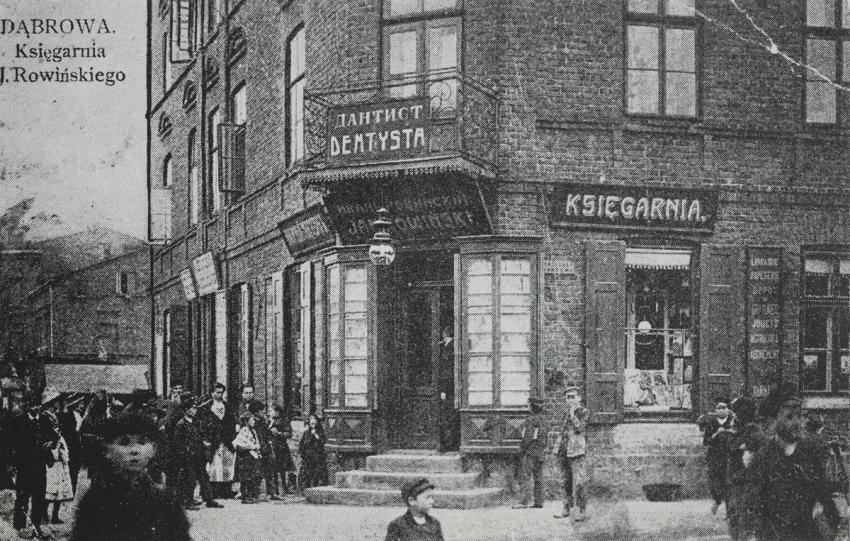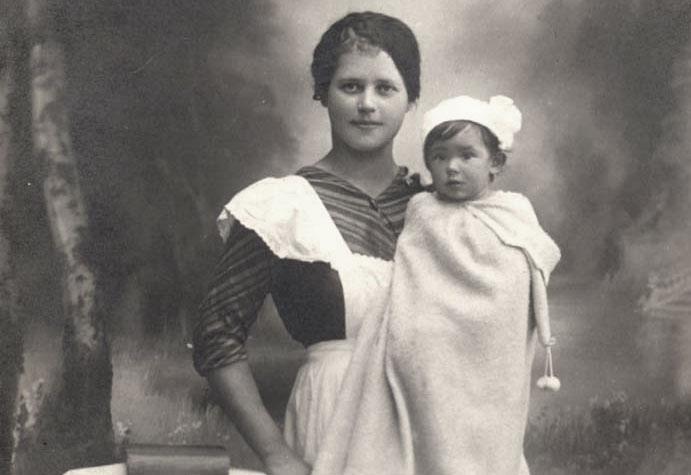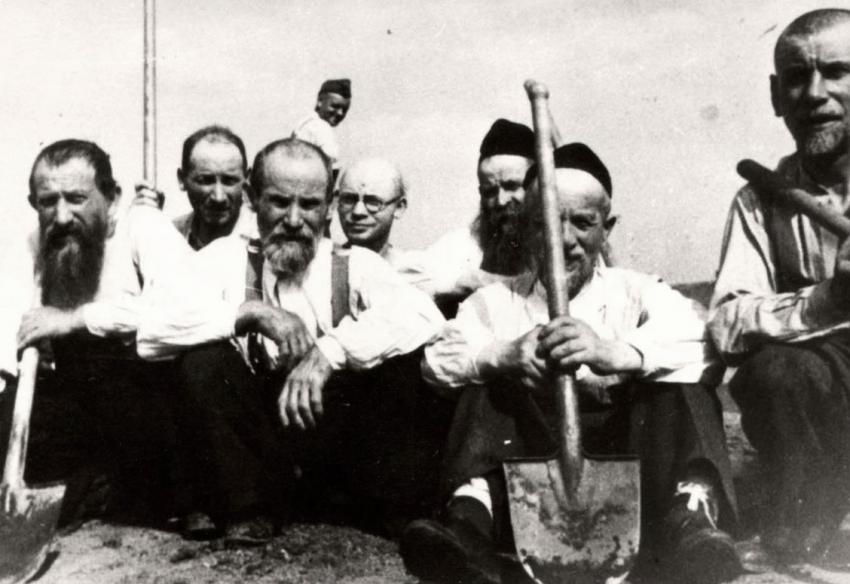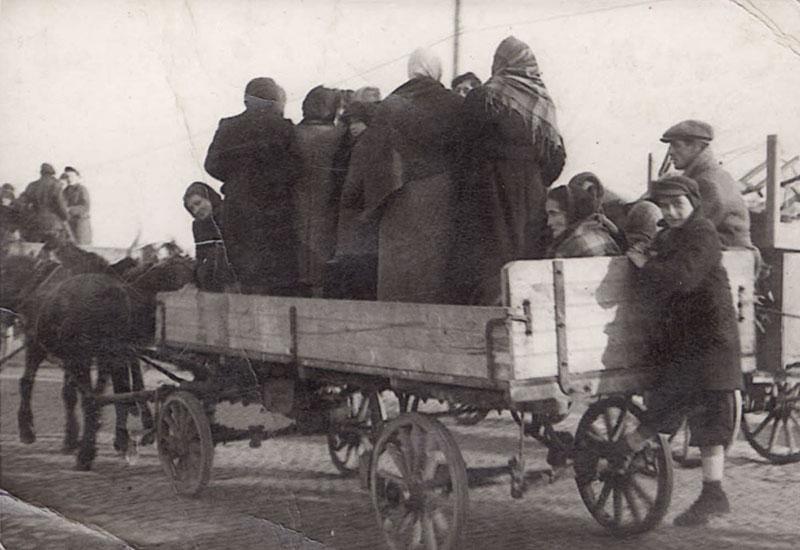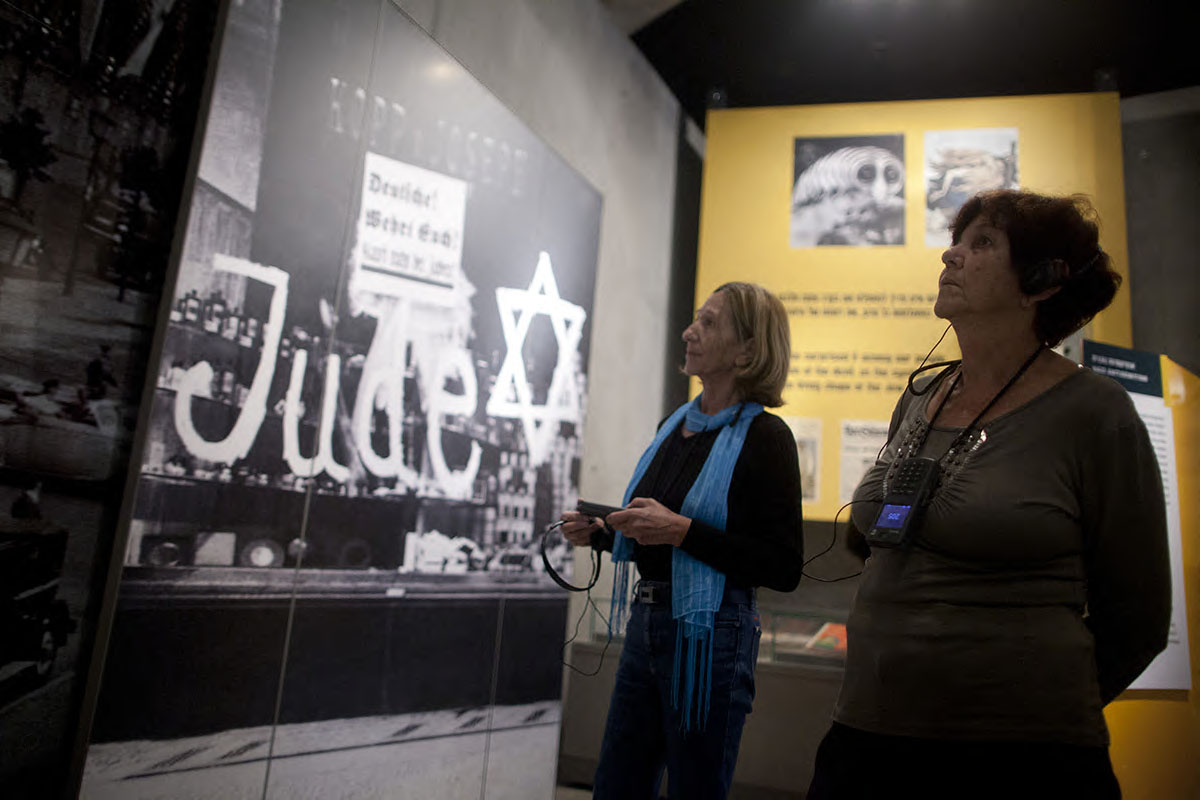Dąbrowa Górnicza (Upper Silesia) was one of two central towns in the Zagłębie Dąbrowskie industrial region in southwest Poland. The town began to develop at the end of the 18th century, following the discovery of coal deposits in the area. During the 19th century, Jews came to the area as tradesmen, bankers and small-industry owners. They soon established a diverse economic, educational, cultural, religious and welfare network.
At the beginning of the 20th century, the Jewish community developed, both demographically and culturally. At the same time, Zionist activity in the town began, and increased on the eve of World War II.
With the German invasion and the occupation of Poland, the plunder of Jewish property in the town began, and hundreds of Jews were taken away for forced labor.
A year later, an open ghetto was established in the town. During this period, the Jewish community continued to hold mutual aid, educational and cultural activities.
In August 1942, most of the Jews of the town were deported to Auschwitz. Those remaining were forced into the ghetto, which was now sealed. A year later most of these Jews were also deported to Auschwitz, while hundreds of them were taken to forced labor camps. Approximately 300 Jews from Dąbrowa Górnicza survived the Holocaust in these labor camps.




